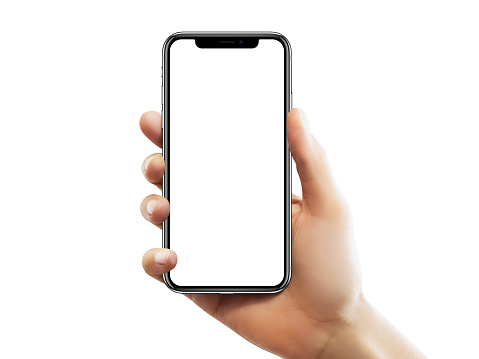When shopping for a new smartphone or considering a phone repair, you’ll often come across terms like LCD and OLED. These acronyms refer to the two most popular display technologies found in modern smartphones. Understanding the difference between LCD (Liquid Crystal Display) and OLED (Organic Light-Emitting Diode) screens can help you make an informed decision when it comes to choosing the right screen for your device. Let’s explore the characteristics and advantages of each technology.
- LCD Screens: LCD screens have been widely used in smartphones for many years. They work by using a backlight that shines through a layer of liquid crystals to display images. Here are some key aspects of LCD screens:
- Display Quality: LCD screens typically offer good color accuracy and brightness, making them suitable for viewing in various lighting conditions.
- Energy Efficiency: While LCD screens have improved in terms of energy consumption, they generally require more power than OLED screens due to the need for a backlight.
- Screen Longevity: LCD screens are known for their durability and long lifespan, making them a reliable choice for users seeking longevity in their devices.
- Cost: LCD screens are generally more affordable than OLED screens, making them a popular option for budget-friendly smartphones.
- OLED Screens: OLED screens represent the latest display technology and have gained significant popularity in recent years. Instead of relying on a backlight, OLED screens use organic compounds that emit light when an electric current is applied. Here are some key aspects of OLED screens:
- Display Quality: OLED screens offer vibrant colors, high contrast ratios, and deep blacks, resulting in stunning visuals and immersive viewing experiences.
- Energy Efficiency: One of the significant advantages of OLED screens is their energy efficiency. Since each pixel emits its light, OLED screens can save power by turning off individual pixels for true blacks.
- Flexible and Curved Displays: OLED technology allows for flexibility, enabling the creation of curved and flexible smartphone displays, providing unique design possibilities.
- Thinner and Lighter: OLED screens tend to be thinner and lighter compared to LCD screens, contributing to sleeker and more lightweight smartphone designs.
- Choosing the Right Screen: When choosing between LCD and OLED screens, consider your specific needs and preferences:
- If you prioritize vibrant visuals, deep blacks, and energy efficiency, OLED screens are the way to go.
- If you prefer a more budget-friendly option, prioritize screen longevity, and require good color accuracy, LCD screens can be a suitable choice.
Understanding the difference between LCD and OLED screens empowers you to make an informed decision when it comes to your smartphone display. LCD screens offer reliable performance, good color accuracy, and affordability, while OLED screens provide vibrant visuals, energy efficiency, and flexible design options. Consider your priorities, preferences, and budget when selecting the right screen technology for your smartphone or when seeking a screen replacement.


Comments